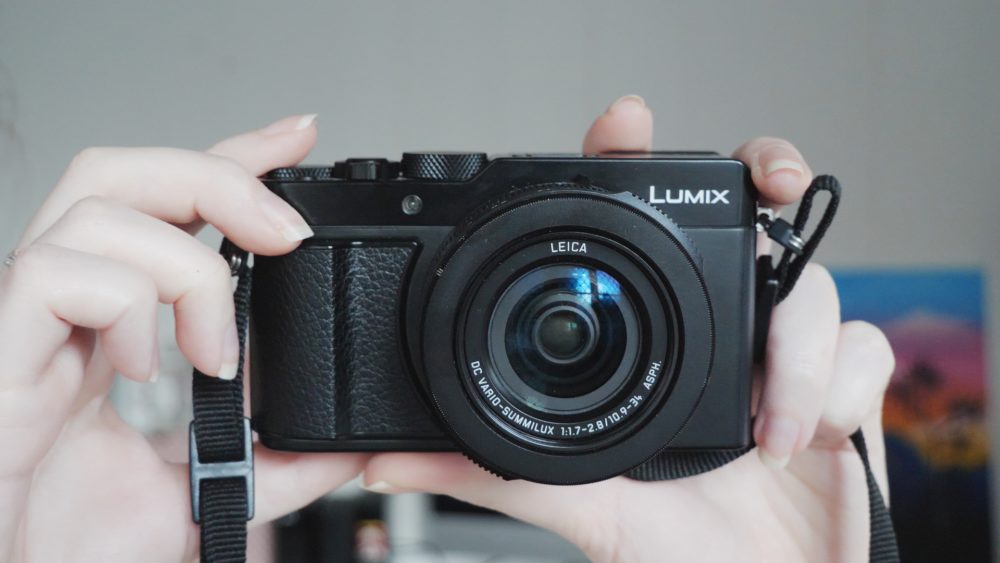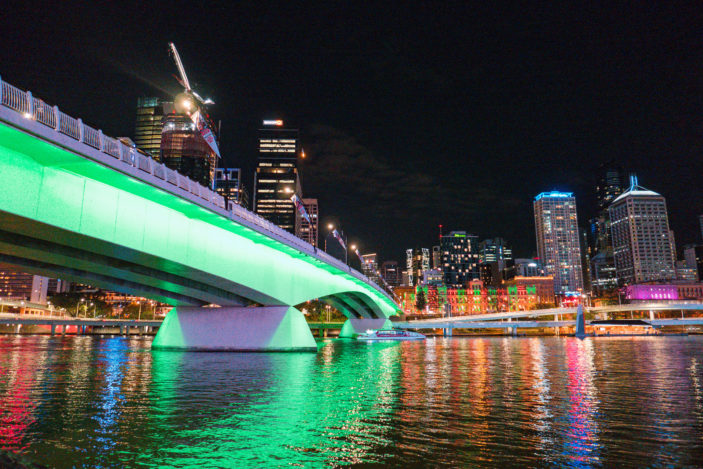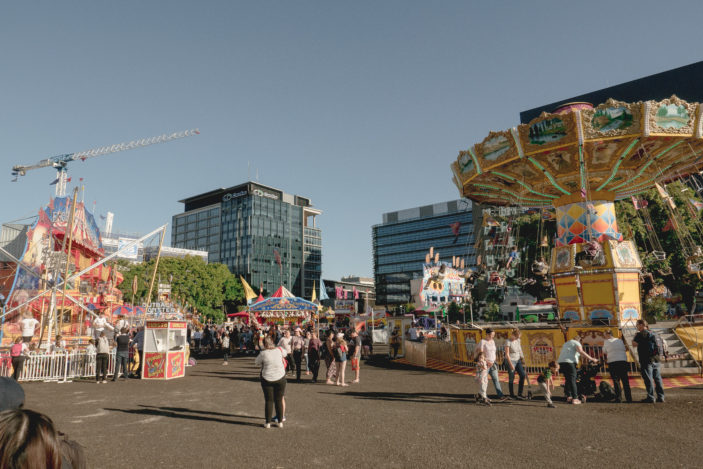
A Great All-Rounder of enthusiast compact photography, the Lumix LX100 II was released in October 2018, which means it’s now been on the market for nearly a year. It’s an effective compact option for anyone who enjoys having full control over their exposure or shooting in RAW, but doesn’t want to mess around with interchangeable lenses or bulky equipment. With plenty of room for customisation, it easily bridges the gap between the needs of an enthusiastic auto-shooter and a seasoned photographer who knows what they like.
The LX100 II sports a 24-75mm (35mm equivalent) focal range, with maximum aperture f1.7 at the widest end and f2.8 at the closest. That’s a versatile and useful focal range, and the same as its popular 2014 predecessor. 24mm can get you a nice wide angle of view, 75mm can get you fairly close to more distant action, and the mid-range would work great for portraits or street photography. It’s hefty for a compact, weighing in at at 392g/13.8 oz including the batteries, but it’s a feature packed and robust body with plenty of control at your fingertips.

This little pocket rocket borrows its sensor from the GX9, which was one of my favourite cameras of 2018. You don’t get to access the full 20 megapixel resolution of the GX9 – nor the rangefinder design or ability to change lenses – but you still get 17MP of that sensor, and the lack of low-pass filter makes for extra-sharp detail. It can also shoot super fast, at up to 11 frames per second – perfect for high action situations.

I love a compact camera with easy access to controls – digging through menus is not my favourite pastime. The LX100 II does this very well with dedicated dials for shutter speed (to the left of the shutter), aperture (on a wheel on the lens) and exposure compensation (to the right of the shutter and very handy to your right thumb). ISO also has its own quick access via the upward direction on the navigation wheel, plus there are five customisable function buttons ready to activate basically whatever you like – focus modes, 4K photo, photo styles, LCD on/off and so on.
On top of all this, you’ll find a nifty switch at the base of the lens to quickly switch between aspect ratios – handy since one of the LX100 II’s claims to fame is that it can offer 4:3, 3:2 and 16:9 aspect ratios without any change to the focal length. There’s also a switch a little lower along the lens base, handy to your thumb when your left hand is supporting the lens, to quickly switch between manual and autofocus modes.

Here’s a feature I’ve never personally seen on any camera before – compact or otherwise – that I completely adore: a dedicated iA (Intelligent Auto) button. The LX100 II lacks a mode wheel for quick access to aperture, shutter, manual, auto and other scene modes – a standard option on most advanced compacts – but this iA button means it doesn’t need one. The shutter speed wheel and aperture ring both have their own auto settings indicated by a red letter A – assigning the shutter speed to auto effectively puts the camera into aperture priority, or assigning the aperture to auto essentially equates to shutter priority mode. You can choose to set aperture, shutter and ISO to manual with these options if you want to, but this iA button tucked in right behind the shutter and to the right of the on/off switch, is a button that will toggle intelligent auto mode on and off without you having to change a single setting. It’s so quick and convenient, and when you switch it off again the settings you were using previously are right where you left them. Scene settings aren’t necessary, because iA mode chooses them for you – hence the “intelligent” part. You can see the auto scene icon changing in the top left corner of the LCD as you move over different subjects, from macro to landscape to portrait and more.

Video shooters, it’s important to note the LX100 II will crop your 4K video down to 3840 x 2160, which means your field of view lengthens a little from 24-75mm to around 32-100mm equivalent. If you like a wide angle for your videos, you might find this a little too close. 4K video is possible up to 30 frames per second, and full HD up to 60 frames per second. Power O.I.S images stabilisation activates automatically for iAuto mode, or you can switch to Program mode and turn it on and off, or switch to stabilising vertical shake only. There are also the standard Lumix inclusions of time lapse and stop motion video modes.

Video time is limited to 15 minute clips to prevent overheating, and there is no external mic input – vloggers will need to record audio separately and sync it in post. Those who need to film or photograph themselves, or operate the camera from a short distance, can link the LX100 II to their phone over wifi or Bluetooth and use the Panasonic Image App to monitor their shot, control camera settings, shutter operation and recording. You can also transfer jpeg images to your device this way – raw shooters may prefer to shoot in raw+jpeg if you like to send things straight to your phone, since there’s no option to convert raw files in-camera.
The LCD screen is fixed – no pop-out or flip-out functionality here, which is part of what makes the camera so compact, but a little disappointing at this price point. It is, however, a touch screen, which means you can tap to select your focal point, tap through menus, pinch to zoom in when reviewing images, and even adjust your focus point while your eye is up to the viewfinder – a feature Lumix call “Touchpad AF”.
While it didn’t leave me feeling as excited as its mirrorless big brother the GX9, LX100 II still packs a punch. It’s robust, feature-packed and incredibly easy to use, and it’s programmable function buttons mean you can make it even easier, and just the way you like it.
Three and a half stars (out of five)
Highlights: Ease of use, versatile focal range
Lowlights: No articulating screen
Manufacturer: Panasonic
Price: $1299.95 (from Teds.com.au)
Available: Now
